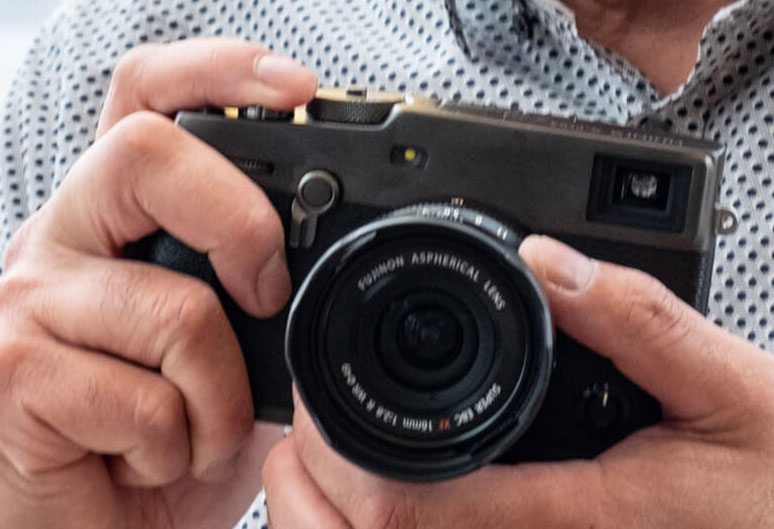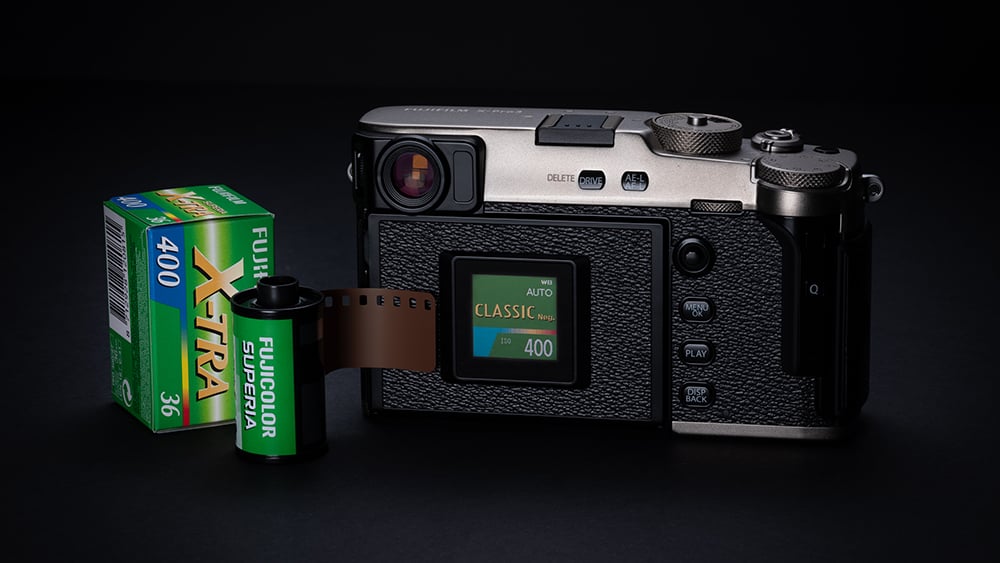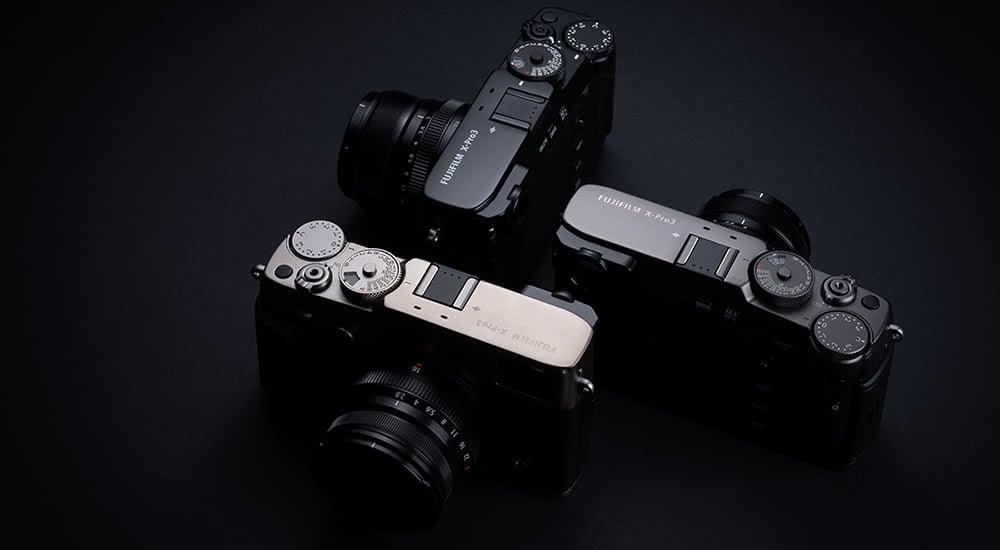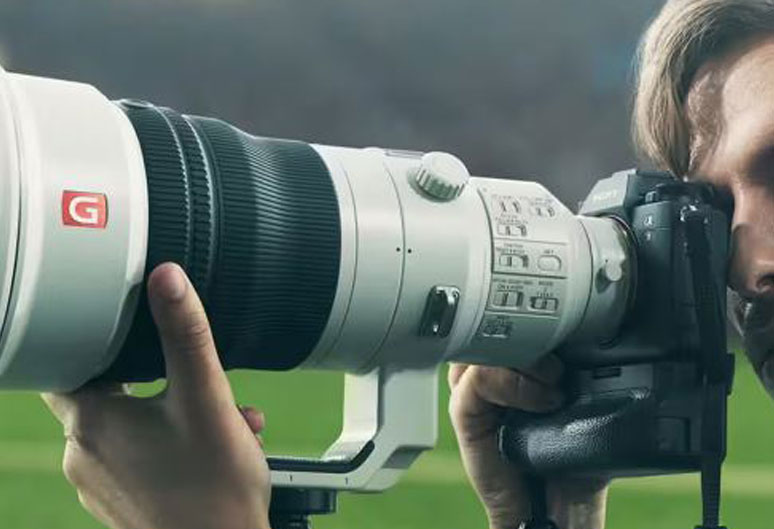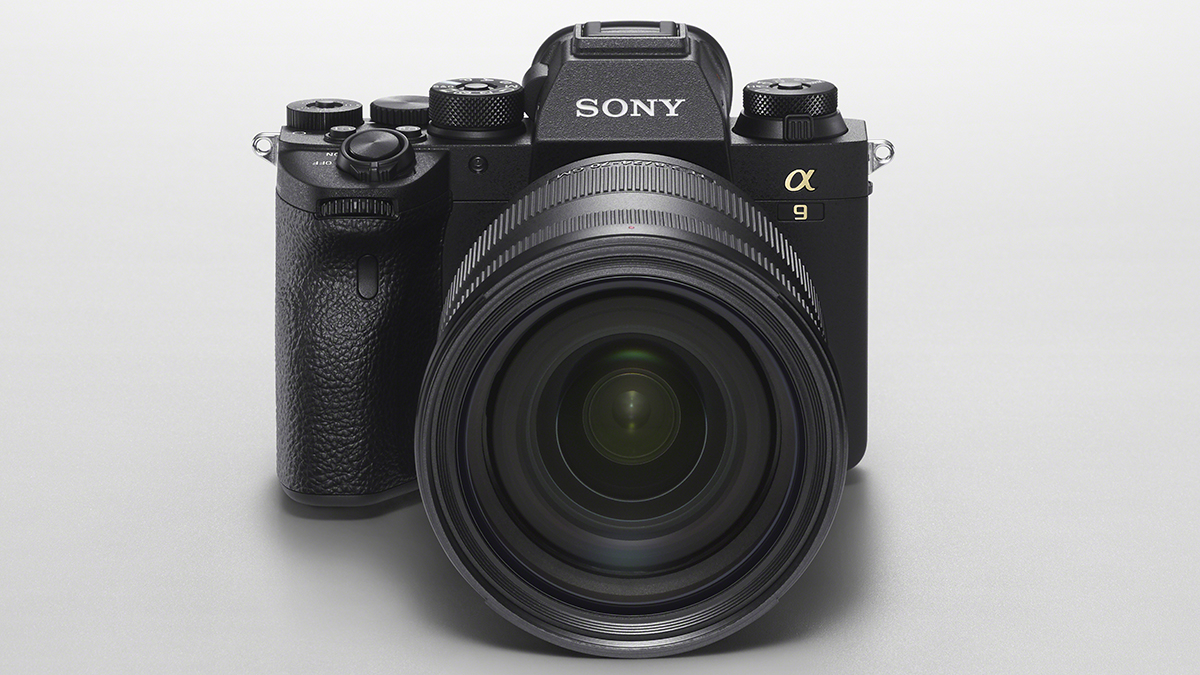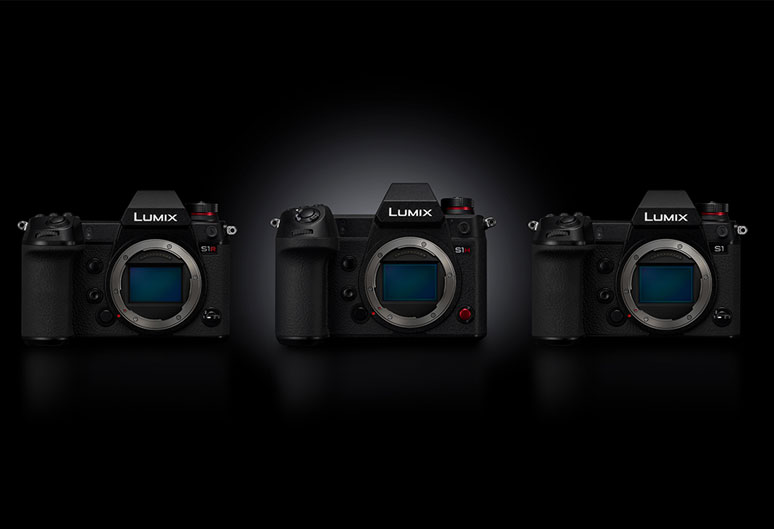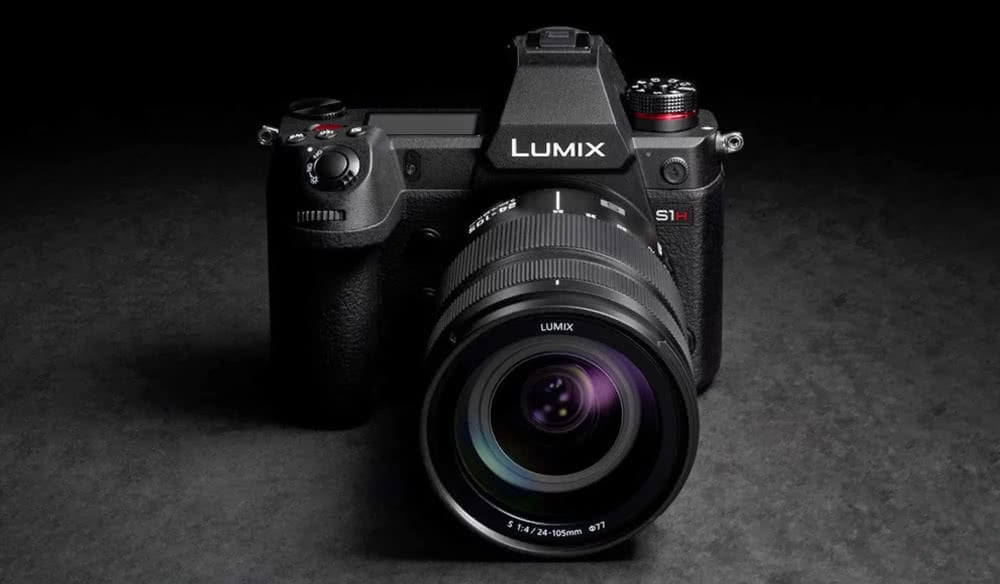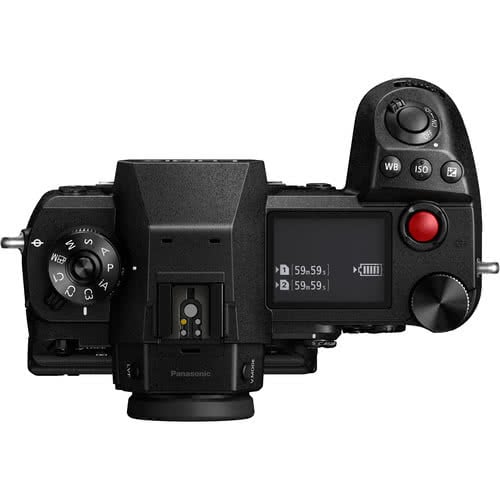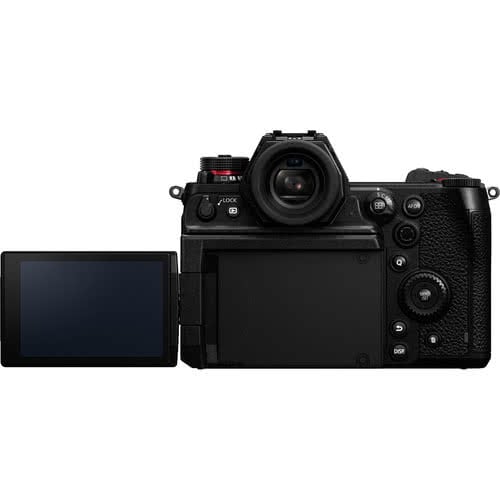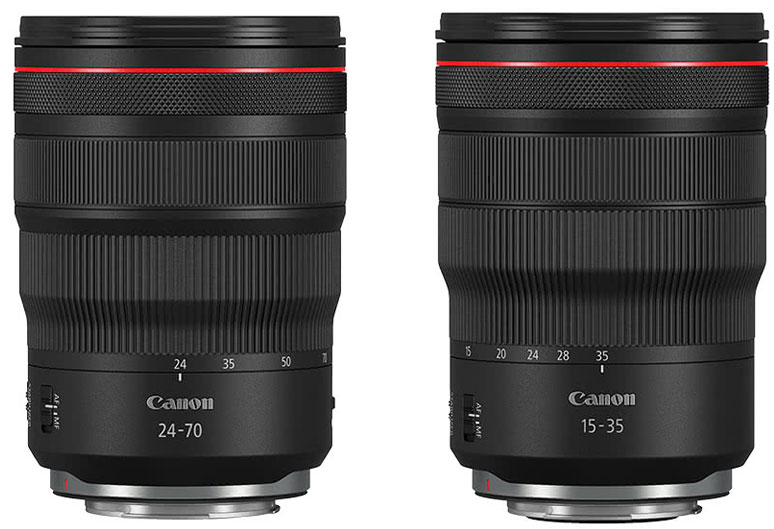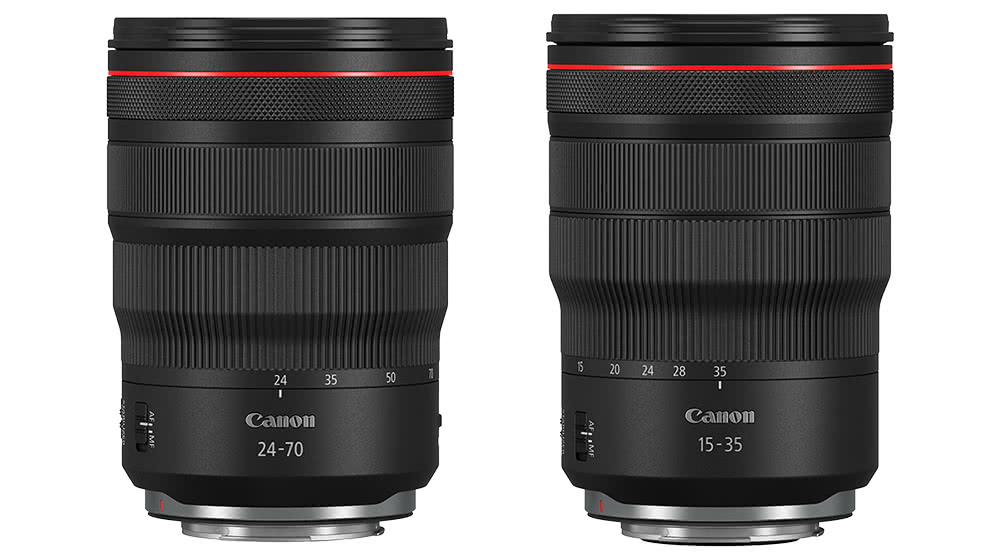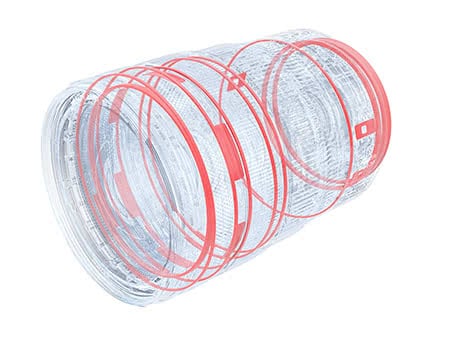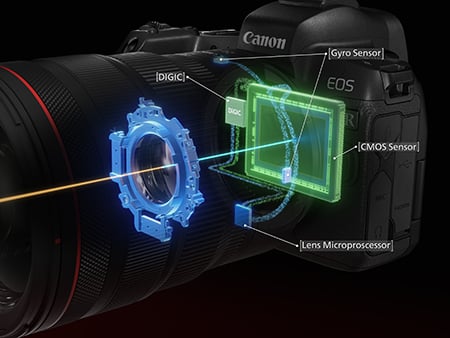Be the next Fixation News Photographer of the Year by entering the UK Picture Editors’ Guild Award. We are proud to be one of the sponsors of this prestigious annual award celebrating news and current affairs photography.
Update: Entries are now closed. We wish all entrants the best of luck and look forward to seeing the winners revealed at the awards.
You can enter eligible photographs taken between Oct 31st until midnight on November 30th.
Closing date for still photographic and video entries: midnight December 1st 2019
Register to enter and submit your images on the UK Picture Editors Guild Awards entry platform: pictureeditorsguild.awardsplatform.com/ details about submission requirements can be found on the UK Picture Editors’ Guild Award About Page.
We support this award because it gives us the chance to celebrate the hard work of some of our most loyal and regular customers from the industry. Here is the full category list & prizes for the award this year:
Canon Sports Photographer of the Year
Entry will be five pictures – fewer or more will not be considered a valid entry. – PRIZE £500
UK Picture Editor’s Guild Royal Photographer of the Year
Entry will be five pictures – fewer or more will not be considered a valid entry. – PRIZE £500
Fixation News Photographer of the Year
Entry will be five pictures – fewer or more will not be considered a valid entry. – PRIZE £500
Bloomberg Business Photographer of the Year
Entry will be five pictures – fewer or more will not be considered a valid entry. – PRIZE £500
Dave Benett Photos Arts and Entertainment Photographer of the Year
Entry will be five pictures – fewer or more will not be considered a valid entry. – PRIZE £500
Fleet Street’s Finest Photo Essay of the Year
… which tells a story and is accompanied by a brief, but clear, narrative to the story – minimum of 10 pictures; maximum 20 pictures. – PRIZE £500
Genesis Imaging Regional Photographer of the Year
Five pictures must be entered and judges will be looking for skill across a range of subjects such as news sport and features. Pictures must have to have been published by a regional newspaper. – PRIZE £500
Sony National Newspaper Photographer of the Year
Five pictures must be entered and judges will be looking for skill across a range of subjects such as news sport and features. Pictures must have to have been published by a national daily or Sunday newspaper Eligible entrants are staff photographers or freelance contributors commissioned by the paper. – PRIZE £500
Please check entry requirements on the UK Picture Editors’ Guild Award About Page.
Videojournalist of the Year
The video must reflect the wider role of a photographer during an assignment. The footage can reflect any subject. – PRIZE £500
Please check entry requirements on the UK Picture Editors’ Guild Award About Page.
Getty Images Young Photographers Bursary
Entrant to be 25 years old or under by close of entries at midnight December 2nd 2018 Entry will be five pictures – fewer or more will not be considered a valid entry Prize: £500 plus a return flight to the value of £250. The assignment must be completed by last day of September 2019.
Fujifilm Student Photographer of the Year
Entry will be five pictures – fewer or more will not be considered a valid entry. – PRIZE £500


